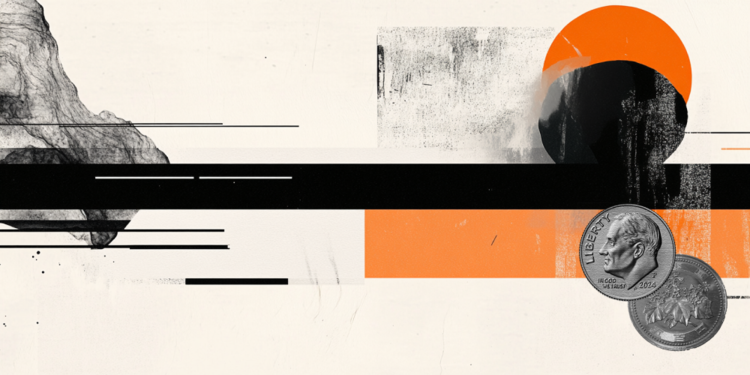You probably clean your shoes if you step on something that is muddy or disgusting. But when you get home, do you always take your shoes off at the door?
A lot of people don’t. For many, what you drag on the soles of your shoes is the last thing on your mind when you get home.
We are environmental chemists who have spent a decade examining the indoor environment and the contaminants that people are exposed to in their own homes.
While our examination of the indoor environment through our DustSafe program is far from complete, on the question of putting it on and taking it off at home, the science leans towards the latter.
It’s best to leave your dirt outside the door.
What contaminants are in your home?
People spend up to 90% of their time indoors, so the question of whether or not to wear shoes indoors is not trivial.
Policy focus is typically on the external environment for soil, air quality and environmental risks to public health. However, there is growing regulatory interest in the issue of indoor air quality.
The matter that accumulates inside your home doesn’t just include dust and dirt from people and pets that lose hair and skin.
About a third are from outside, blown in by the wind or stepped on those offending shoes.
Some of the microorganisms present in shoes and floors are drug-resistant pathogens, including hospital infectious agents (germs) that are difficult to treat.
Add cancer-causing toxins from asphalt residue and endocrine-disrupting lawn chemicals, and you can see the dirt on your shoes in a whole new light.
Attention to internal pathogens
Our work involved measuring and evaluating exposure to a range of harmful substances found inside homes, including:
- Antibiotic-resistant genes (genes that make bacteria resistant to antibiotics);
- Chemical disinfectants in the domestic environment;
- Perfluorinated chemicals (also known as PFAS or “forever Chemicals” due to their tendency to stay in the body and not break down) used ubiquitously in a plethora of industrial, household and food packaging products;
A strong focus of our work involved assessing the levels of potentially toxic metals (such as arsenic, cadmium and lead) within homes in 35 countries.
These contaminants — and most importantly, the dangerous neurotoxin lead — are odorless and colorless. Therefore, there is no way to know if the hazards of lead exposure are only in the ground or in the water pipes, or if they are also on the floor of the room.
Science suggests a very strong connection between the lead inside your home and that in the soil in your backyard.
The most likely reason for this connection is dirt flying from your yard or stomping on your shoes and the furry paws of your adorable pets.
This connection speaks to the priority of ensuring that matter in your external environment stays right there.
A Wall Street Journal article argued that shoes at home are not so bad. The author pointed out that E. coli — a dangerous bacterium that thrives in the intestines of many mammals, including humans — is so widely distributed that it is virtually everywhere.
So it should come as no surprise that it can be rubbed into the soles of shoes (96% of shoe soles, as the article pointed out).
But let’s be clear. While it’s good to be scientific and stick to the term E. coli, this stuff is, more simply, the bacteria associated with poop.
Whether ours or that of animals, it has the potential to make us very sick if we are exposed at high levels. And let’s face it — it’s just gross.
Why walk inside your house when you have a very simple alternative — taking off your shoes at the door?
In balance, barefoot victories
So, are there any downsides to having a house without shoes?
Aside from the occasional toe, from an environmental health standpoint, there aren’t many downsides to having a home without shoes. Leaving your shoes on the entrance mat also leaves potentially harmful pathogens there as well.
We all know that prevention is much better than treatment, and taking off your shoes at the door is a basic and easy prevention activity for many of us.
Need foot support shoes? Easy — just have a few “inside shoes” that are never worn outside.
There remains the issue of “sterile house syndrome,” which refers to rising rates of allergies among children. Some argue that it has to do with overly sterile homes.
In fact, some dirt is likely beneficial, as studies indicate that it helps build your immune system and reduces your risk of allergy.
But there are better and less gross ways to do that than walking around inside in your filthy shoes. Get out, take a walk, enjoy the great outdoors.
Just don’t bring the dirtiest parts inside to accumulate and contaminate our homes.
Source: CNN Brasil







